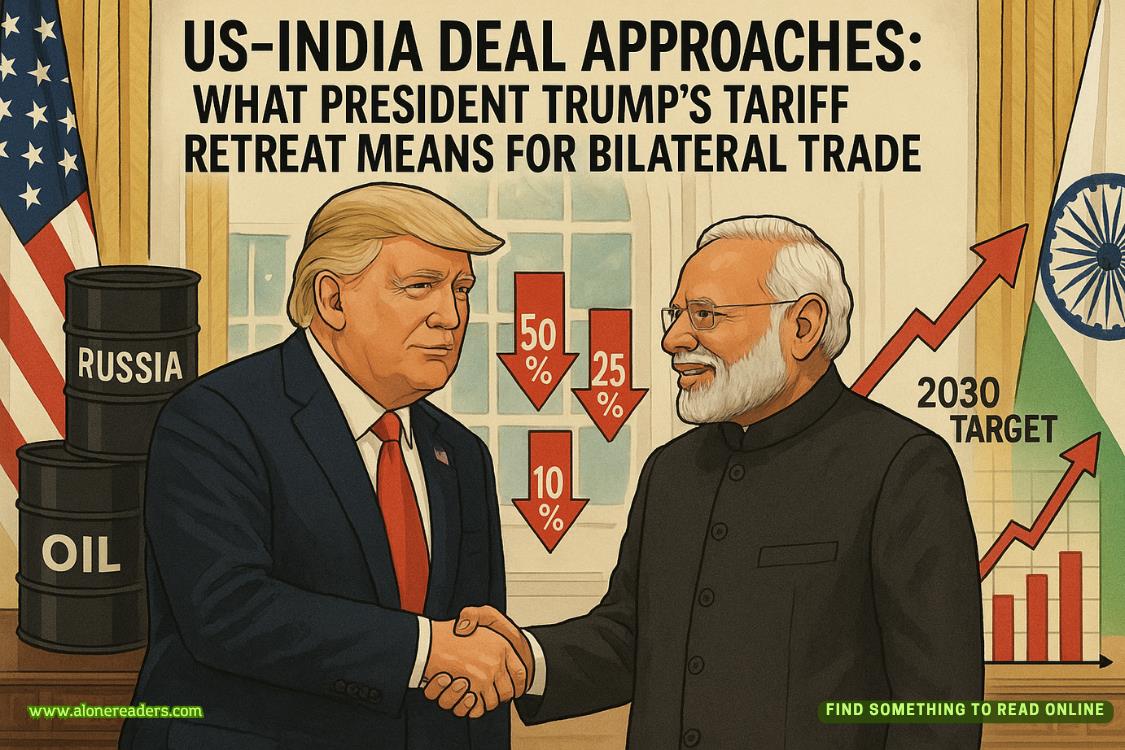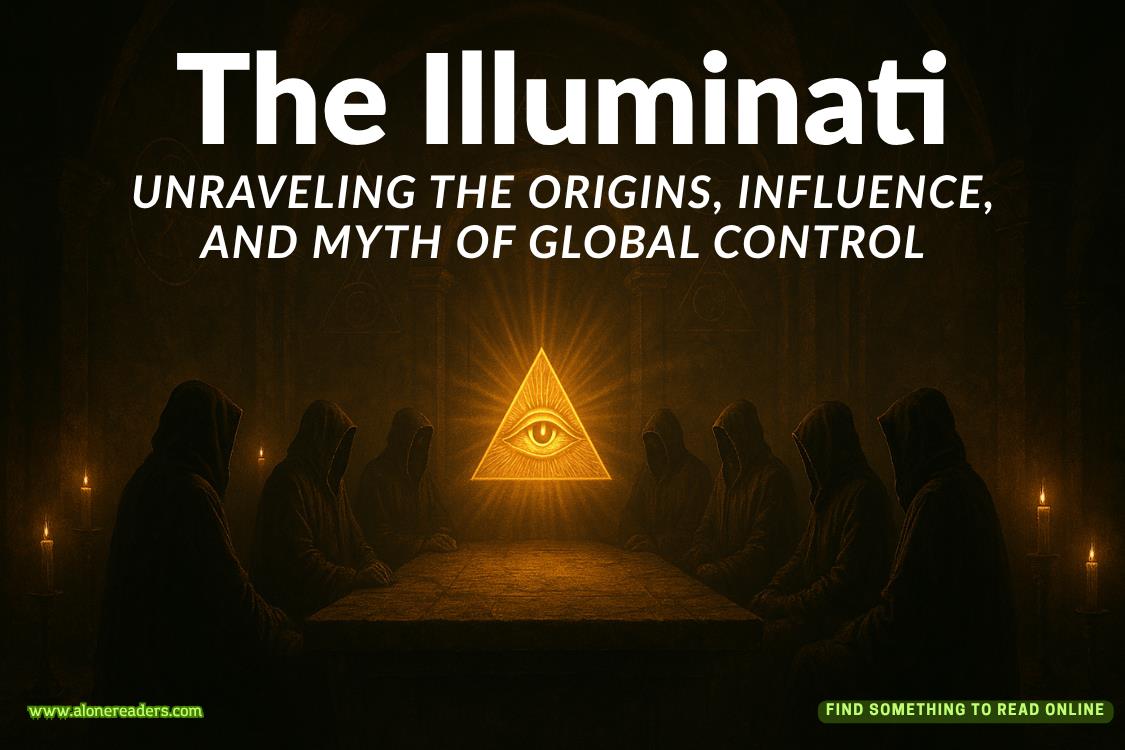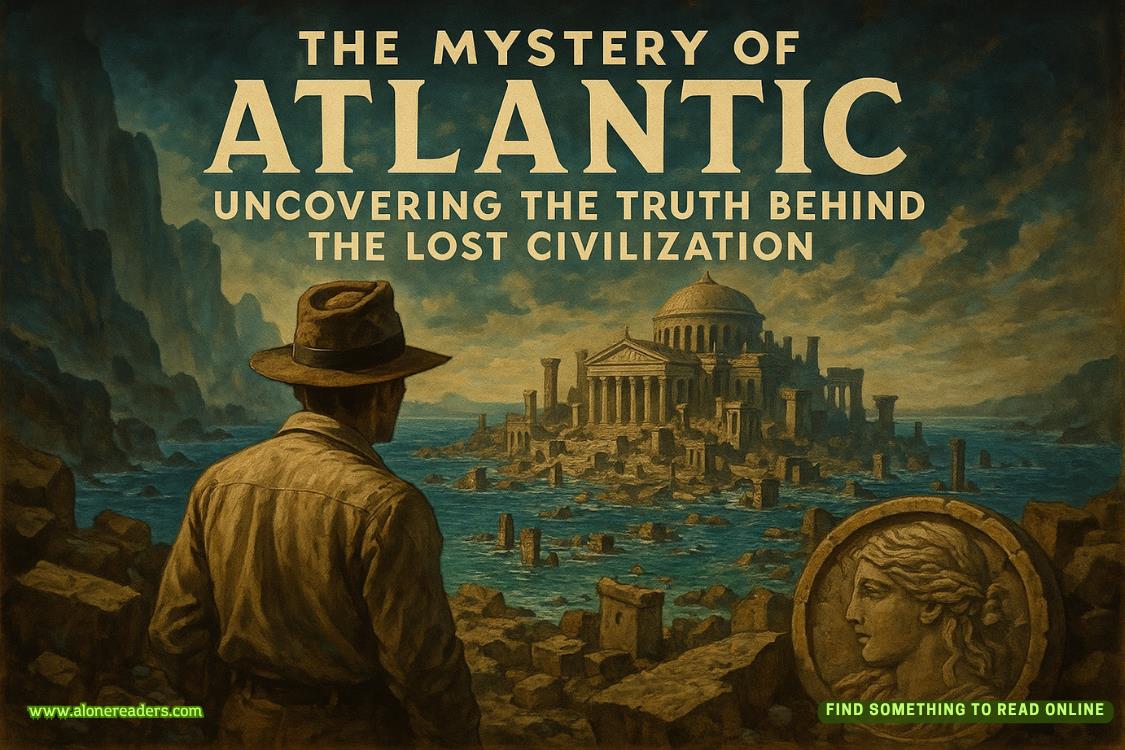Page 43 of Spymaster
It was a ten-year-old white Volkswagen Passat. The Chief Inspector had not been exaggerating. The damage was quite extensive. Seeing the state of the car for himself, Harvath could understand why the accident had resulted in a fatality. The question, though, was what had caused it.
Circling the vehicle, Harvath examined every square inch under his flashlight. He stopped at the left rear quarter panel.
It was in bad shape, just like the rest of the vehicle, but there was something else. It was a scratch, about three inches long, but in a completely different color from the rest of the car. It looked like some shade of olive, almost a military-style green.
Not wanting to draw Nyström’s attention, he moved on. When he got to the other side of the car, he asked, “Did the vehicle crash through any guard rails?”
The Chief Inspector shook his head. “It was open countryside.”
“No livestock or property fencing?”
“No. Only rocks, and trees, and grass. Why? Did you find something?”
Harvath shook his head. “Just trying to wrap my head around all the damage.”
Continuing his investigation, he proceeded slowly around the Volkswagen until he was done. Nothing, though, jumped out to him other than the olive-colored scratch.
“I’m done,” he said. “Thank you.”
“Okay, then,” replied Nyström. “I’ll give you a ride back.”
Walking back to the entrance, Harvath waited as the Chief Inspector reversed his car out, and then closed and locked the gates for him.
Sliding back into the front passenger seat, he shut his door and they headed for the airport.
“Do you have any idea where Mr. Lund was staying?” Nyström asked. “There was no hotel keycard among his possessions. Could he have been staying at the garrison without telling them the true purpose of his visit?”
“It’s possible,” Harvath lied. The man in the hat was supposed to have arranged a safe house for all of them—someplace where they could interrogate their person of interest without being disturbed.
Allegedly, the man in the hat also had their subject under passive surveillance. Cameras had been set up to monitor his coming and going. When Lund had hinted that he might take a more active role and start following him, to see where the subject went and whom he met with, Harvath had tried to dissuade him. You couldn’t do surveillance, at least not effectively, with just one person. It was too dangerous.
Now the man in the hat was dead. After having looked the Passat over, Harvath was growing more convinced that Lund’s death hadn’t been an accident. Somewhere along the way, Lars Lund had screwed up and it had cost him his life.
“How about you?” the Chief Inspector asked.
Harvath, who had been processing all of the information, hadn’t caught the question. “I’m sorry. What was that?”
“Did Mr. Lund make arrangements for you?”
“He was going to set something up, but I don’t know where.”
“I’ll have an officer reach out to the different hotels; perhaps we can find where he was staying.”
Harvath nodded.
“Will you be staying or returning to Brussels?”
“I think we’ll be staying, at least until SHAPE decides what it wants to do.”
“Of course. If, in the meantime, you need any help finding rooms,” said Nyström, “let me know. I’m sure we can assist you.”
“Thank you.”
Fishing a business card from his pocket, the Chief Inspector handed it to Harvath. “My cell phone number is on the back. If anything comes to mind that you think might be useful in our investigation, please call me. Day or night.”
Harvath took the card and tucked it inside his jacket. He’d been toying with revealing the name of their subject. With Lund deceased, he was at a literal dead end. He didn’t know where to find him. He decided to take the police officer into his confidence.
“There may be something,” he offered.















